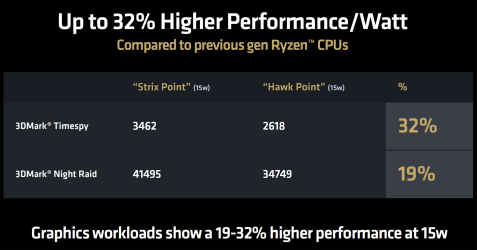- Joined
- May 14, 2024
- Messages
- 26 (0.06/day)
- Location
- Hungary
| Processor | Ryzen 7700X |
|---|---|
| Motherboard | ASUS ROG Strix B650E-E Gaming Wifi |
| Cooling | Noctua NH-D15 w/ offset kit |
| Memory | Kingston Fury Beast DDR5-6000 CL36 @ CL28 |
| Video Card(s) | ASUS x Noctua RTX 4080 |
| Storage | Samsung 980Pro 2TB NVME + Kingston KC3000 2TB NVME |
| Display(s) | LG OLED 42C3 + Benq GW 2780-1 |
| Case | Fractal Design Define R6 |
| Audio Device(s) | Onkyo TX-SR505 /w onboard audio |
| Power Supply | Fractal Design Ion 850W Platinum |
| Mouse | Razer Viper 8K |
| Keyboard | Ventaris K600 |
...the highest stable memory speed you can achieve with a 1:1 parity between the FCLK and MCLK clock domains....
Emmm... no, UCLK = MCLK, other name: Gear1.
The FCLK are totally unbound to the UCLK / MCLK (just as the Zen4 Raphael case).
Emmm... no, UCLK = MCLK, other name: Gear1.
The FCLK are totally unbound to the UCLK / MCLK (just as the Zen4 Raphael case).






